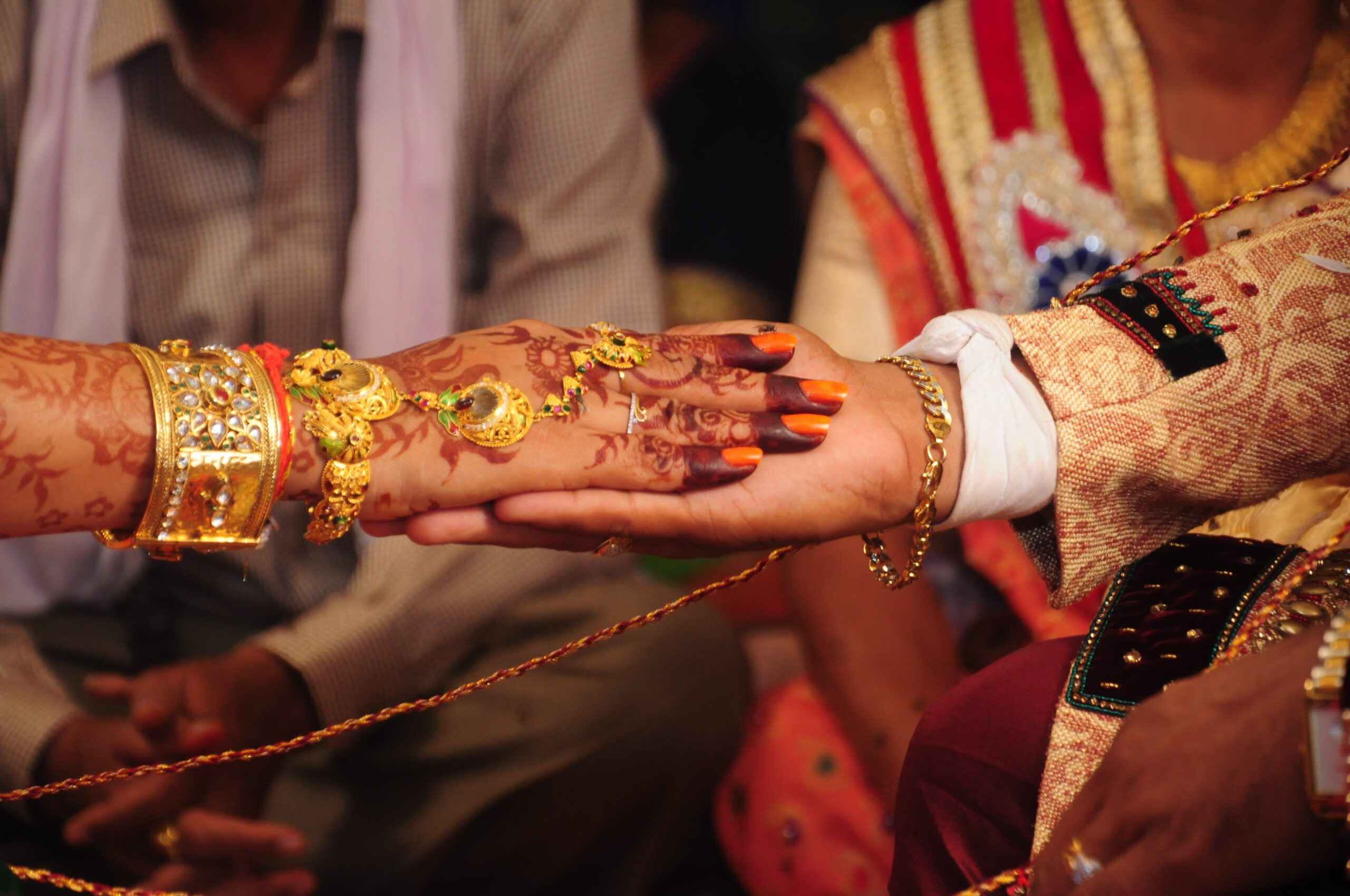Yamada Keiko, a Faculty of Humanities in Ibaraki University, Japan, researched how Kamma community maintained the relationship between caste identity and regional importance in comparison with corresponding castes and documented his observations titled “Politics and representation of caste identity in regional historiography: A case study of Kammas in Andhra”. This article explores the paper of Keiko and endeavors to understand his findings for the benefit of Subhamastu’s Readers. Before knowing Keiko’s findings let us try to understand the logic behind this research, as well attributes considered for this study.
Keiko’s
research explores how modern castes tried to develop their own histories with
the help of amateurish and inexpert authors and historians, which are more
fictional. Keiko says, the relevance of history is pretty significant when it
comes to understanding evolving society and the failure of predecessors in
maintaining a proper history has certainly affected the current generations to
link with the past. However, publications or books on Kammas are not only in
good numbers compared to that of other castes comprising Velamas and Reddys,
but also methodically written revealing and signifying contemporary political
and social circumstances.
Yet
for lack of structured histories of various castes relevant to Andhra Pradesh,
several disputes have surfaced related to rules and practices deployed in
framing those histories. When Kammas strengthened as an economically prosperous
and politically articulated community, they structured more logical histories,
of course using same source bud variant methodologies. Keiko mentions the
driving force behind picking up Kammas for his case study was “Significance of
Kammas in Telugu speaking region”.
Yamada Keiko’s
Findings
1) Keiko’s research says
the chief motive and the impetus behind the modern political history of Andhra
Pradesh might be factional politics of caste that existed among Kammas, Reddys,
and Brahmins.
2) Keiko ascertained that
in contrast with other communities, Kammas distinctly demonstrated a robust
connection between their social identity and that of their homeland i.e. Andhra
Pradesh in their historiographies (written histories).
Keiko also explains about Kammas’ passion for their language, Telugu and how
the authors, including Suryadevara Raghavayya Chowdary, Kotta Bhavayya
Chowdary, Tripurneni Ramaswamy Chowdary, and Acharya N.G.Ranga manifested the
same in their books and literary works.
3) Andhra was a
frontrunner in the fight for linguistic states and this fact attracted social
scientists and historians to explore about this Telugu speaking state. As well,
AP played pivotal role in fostering Communist movement in 1950s. Keiko
mentioned that in both nurturing linguistic awareness and strengthening
Communist organizations, Kammas played a critical role.
4) Kammas supremacy and
existence could be seen across politics, business, arts, and social movements.
Kammas have played a predominant role in politics from leftist movement to the
Telugu Desam; in the media industry from print media to cinema to satellite TV
to digital media. Kammas, for whom agriculture is the core profession for
generations have moved onto businesses across the industries ranging from
agribusiness to industries to IT to social mobility.
5) In line with 1921
census, the Kammas were unquestionably the most potent agricultural state in
Krishna delta, comprising Krishna and Guntur districts. They compromised 16% of
the total population. Though Kamma is considered a dominant caste in the state
of Andhra Pradesh, Keiko says its dominance was mostly confined to Krishna and
Guntur districts.
6) According to 1872
population census Krishna district has two majorly influential communities that
included Brahmins and Kammas.
In the next part of
the article, we shall learn more on Keiko’s findings on how Kammas migrated to
Krishna Delta and aggressively took up paddy cultivation, as well how Kammas
have formed their first caste association “Kamma Mahajana Sabha”, and later fought
against the assertion that Kammas also belong to Sudras along with Reddys,
Kapus, and Velamas. Along with these points we shall elucidate some more
interesting points that this generation is supposed to know.




